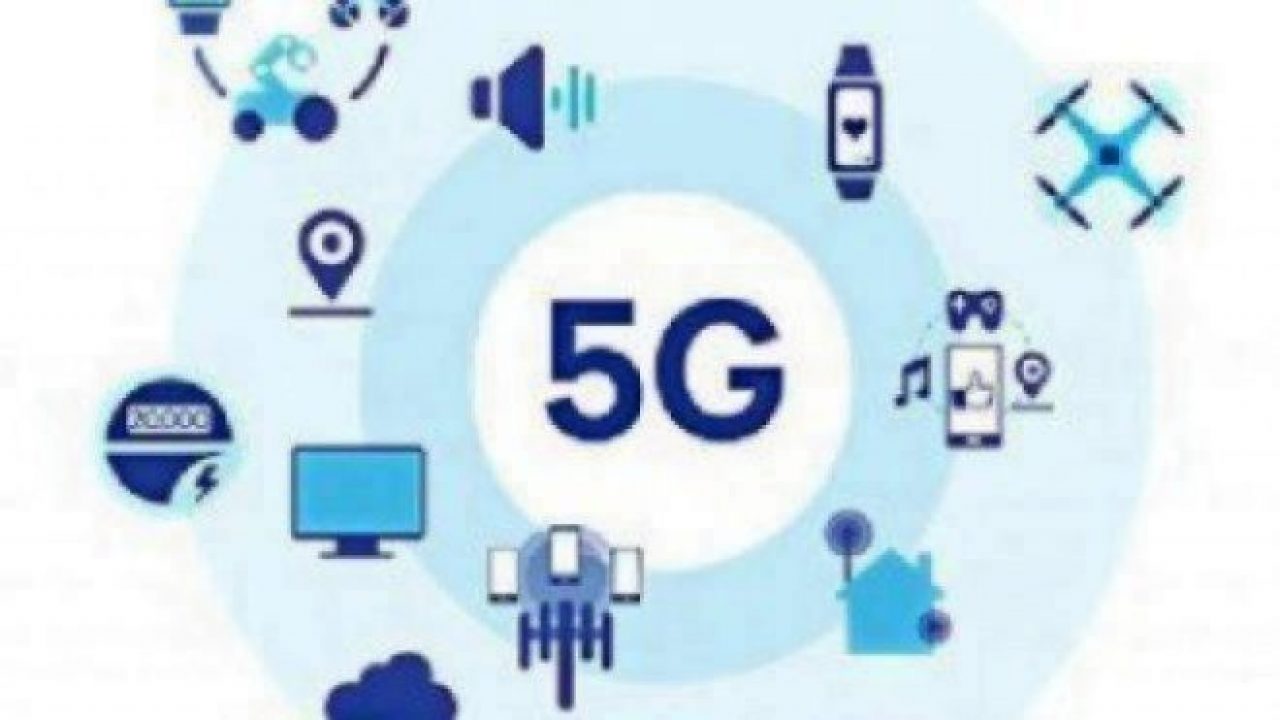Qualcomm heralds 5G as messiah of mobile connectivity
Article By : Maximilian Teodorescu

5G goes well beyond the ability to wirelessly download full-length 4K films in 20 seconds or less, affecting entire industries, according to Qualcomm.
5G can be compared to electricity discovery, says Qualcomm CEO Stephen Mollenkopf.
"5G will have an impact similar to the introduction of electricity or the automobile, affecting entire economies and benefitting entire societies," said Mollenkopf at the company’s keynote address at CES 2017. Rather than unveiling something new, Mollenkopf spent the greater part of 90 minutes likening 5G to the dawn of a new era in mobile connectivity. “5G will be a new kind of network, supporting a vast diversity of devices with unprecedented scale, speed and complexity.”
![[Qualcomm StephenMollenkopf (cr)]](/wp-content/uploads/sites/2/2020/04/Qualcomm_StephenMollenkopf_cr.jpg)
__Figure 1:__ *Qualcomm CEO Stephen Mollenkopf at his CES keynote speech*
The presentation, which opened with a dramatic video comparing computing pioneer Grace Hopper to a “gangster” and likening inventors to insurgents ready to challenge the status quo, heralded 5G as the messiah of mobile connectivity, enabling real-time VR, self-driving cars and the IoT to flourish in unprecedented ways.
Consider this: if 2G enabled mobile communications, 3G ushered in the smartphone era and 4G normalised mobile video streaming and introduced the IoT, then 5G’s millisecond latency unites the world through instantaneous communication of robust information. Mollenkopf made it clear that the scope of 5G goes well beyond the ability to wirelessly download full-length 4K films in 20 seconds or less, affecting entire industries.
5G isn’t an incremental improvement over previous iterations, as was the majority of the tech shown off at CES 2017, but a “tipping point that builds on an LTE foundation and unleashes the IoT to its full potential,” said Mollenkopf, proclaiming 5G’s as the driver of the “invention revolution.” Referencing an economic study commissioned by Qualcomm on the benefits of 5G, he explained that 5G would generate 22 million jobs worldwide and $12 trillion in goods and services by 2035.
5G for AR/VR, IoT & cars
As far as Qualcomm sees it, advancements fall within three pillars: wireless AR and VR streaming, ambient intelligence in the IoT and connectivity for mission-critical tasks like self-driving cars and remote healthcare.
Current infrastructure supports only three degrees of freedom, but 5G’s lower latency and increased throughput enable you to walk around using positional tracking in VR. The effect is astounding, coupling high-resolution graphics, spatial audio and 3D geometry in a way that makes you feel like you’re actually present at a sporting event.
Sticking with the topic of VR, Qualcomm took the opportunity to reiterate its Snapdragon 835, revealed just before the CES opened its floor. A SoC built with VR in mind, the Snapdragon 835 exhibits a 35% decrease in package size with 25% better power efficiency compared to the existing 821.
“Analysts predict that 40% of IoT innovation will relate to healthcare by 2020,” Mollenkopf said, introducing an emerging concept called the “Internet-of-Medical-Things”—always-connected health trackers that use machine intelligence to closely monitor vital signs, alerting patients and healthcare providers of subtle variations that may indicate health deterioration. Consider a smart wearable that detects falls and wirelessly communicates vital signs to the local hospital before automatically dispatching an ambulance. Another scenario enabled by 5G: doctor’s remotely delivering healthcare in real-time. With 5G, ambient intelligence becomes real.
Lastly, the keynote touched on 5G’s invaluable impact on mission-critical applications that rely on minimal latency and dependable, high-bandwidth connectivity to ensure safety beyond the operator’s line of sight. Self-driving vehicles and drone swarms that react to changing conditions must simultaneously upload and download information from the cloud to maintain highlight accurate maps and maximise usability. To make all this possible on a scale of tens of thousands of units requires an enormous amount of network capacity, which Qualcomm believes 5G to be the solution. For drones, the second requirement is powerful, small and efficient computer processing.
To reinforce this point, Sarah Gibson, Qualcomm senior drone engineer, launched three drones in a live demo of the Snapdragon Flight development platform, showcasing the use of real-time flight control and machine vision to track obstacles and fly complex routes with accuracy. The integrated board weighs less than AAA battery and uses a Snapdragon 801.
How close are we to 5G? Ultimately, Mollenkopf did not say, but he did mention that “building the network is a huge undertaking that must fit atop existing network infrastructure and remain durable for at least 10 years,” and that 5G trials are coming later this year in partnership with AT&T, Ericson and SK Telecom.
This article first appeared on EE Times U.S.
Subscribe to Newsletter
Test Qr code text s ss


